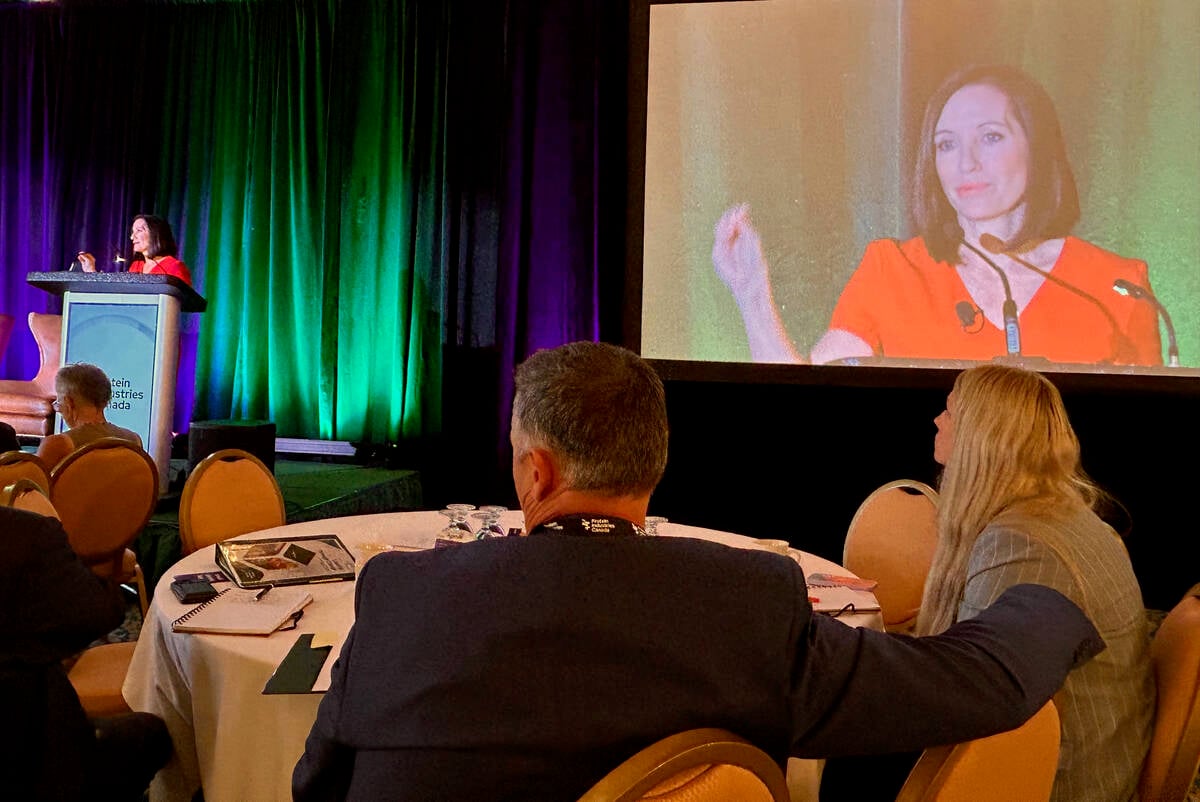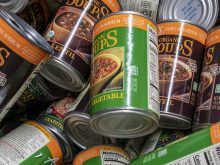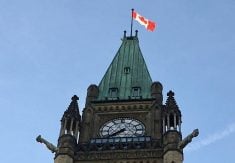WINNIPEG — Amanda Lang, like most people, doesn’t know what will happen when Canada renegotiates its free trade deal with the United States.
Talks to renew the Canada-U.S.-Mexico Agreement (CUSMA), which formally begin next year, could produce a good result.
However, Canadians and Canadian exporters need to accept that the old rules of trade are over, and open access to the U.S. market may also be over, Lang said.
Read Also

New program aims to support plant-based exports to Asia
Understanding the preferences of consumers in Taiwan and how they differ from Indonesia or Malaysia isn’t easy for a small company in Saskatchewan.
“What the new trade arrangement (with the U.S.) looks like is an open question. Do we get zero tariffs on the vast majority of our goods? I don’t know,” said Lang, the chief financial correspondent for CTV News and the host of Taking Stock, a BNN/Bloomberg program.
“I think it’s important to acknowledge that we might not (get tariff free access). We might get five percent, or seven percent.”
On Sept. 25, Lang was the keynote speaker at the Protein Industries Canada annual meeting held in Winnipeg.
The organization has a mandate to help agri-food businesses and farmers reach the global market for plant-based ingredients, food and bio-products, which is expected to reach $250 billion in annual sales by 2035.
It hopes Canada can grab 10 per cent of that massive market, but the rules of global trade are rapidly changing and the U.S. is driving the change.
Lang re-told a story she heard from Roger Martin, former dean of the Rotman School of Management at the University of Toronto, to explain Canada’s new trading relationship with the U.S.
In the early days of big tech, IBM would have one supplier that manufactured a particular component for an IBM computer.
That arrangement worked well, for a while.
“It (was) inevitable that one day, IBM (would) wake up and say, ‘hey, big supplier, we’re your biggest customer. You can’t survive without us. How about you give us a deal?’ ” Lang said.
“That supplier had nowhere to go…. Canada is that. Canada is that big supplier to a bullying customer.”
Layered on top of that reality, U.S. president Donald Trump believes that the global rules for trade were rigged to “rip off” Americans.
The new economic priority in the U.S. is good jobs, not saving consumers money by importing flatscreen TVs from Asia, Lang said.
Many economists agree that big countries are now dictating the rules of trade, and the old multi-lateral system is on life support, including Al Mussell, research lead for Agri-Food Economic Systems, a research organization in Rockwood, Ont.
“We can’t proceed under the assumption that … ‘OK, we’ve got to deal with four years of Trump, (then) the Chinese economy is going to melt down and they’re going to see the wisdom of western liberal democracy … and it’s all going to be back to the way that it was.’ That seems exceptionally unlikely.”
The challenge for Canada’s government and businesses is that this is a complex problem and requires a thoughtful solution, Lang said.
In 2023, about 77 per cent of Canadian exports went to the U.S. For agri-food exports, around 60 per cent goes to the U.S.
Shifting trade away from the U.S. seems like the obvious solution, but Canada is right next to the wealthiest country in the world and can’t abandon that opportunity.
“There are no guides (on how to answer) many complex questions,” Lang said, who focused on the theme of slowing down and asking the right questions before proposing solutions to problems.
While things look grim right now, Lang is hopeful that Canadians can respond to the changing rules of international trade.
The country has fantastic institutions, such as Export Development Canada and the Business Development Bank, that help domestic companies expand and tap into global opportunities.
“I’m very encouraged by the mentality in Canada, right now, by business and by government that we have to do some hard things, but we can,” Lang said.
“There’s all kinds of networks to help businesses export, and we haven’t really exploited them to their full capacity.”


















